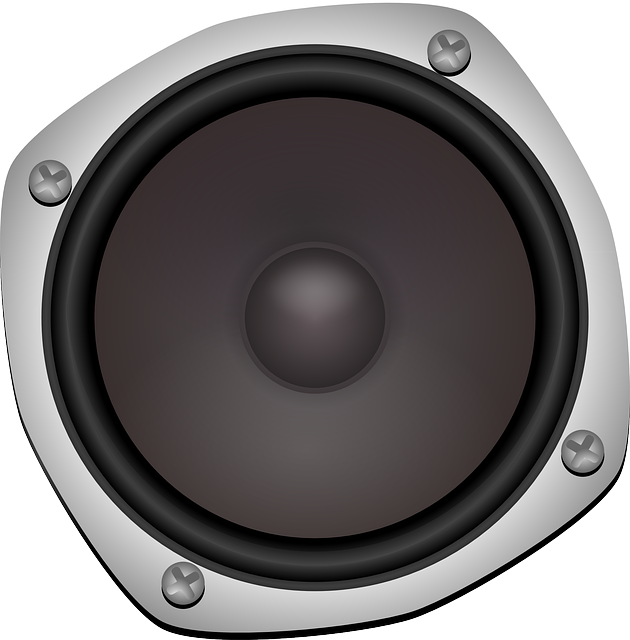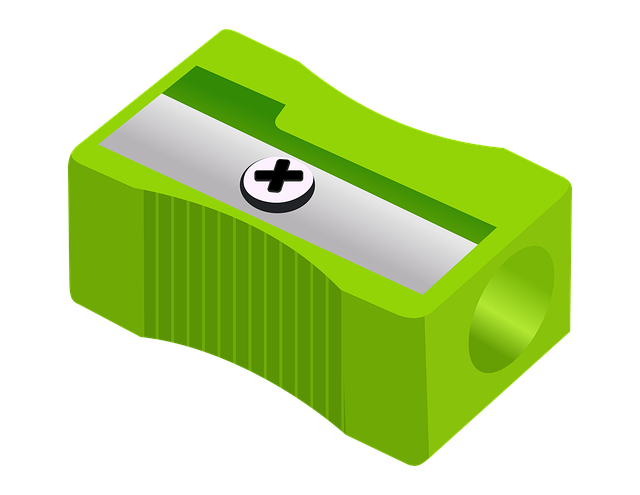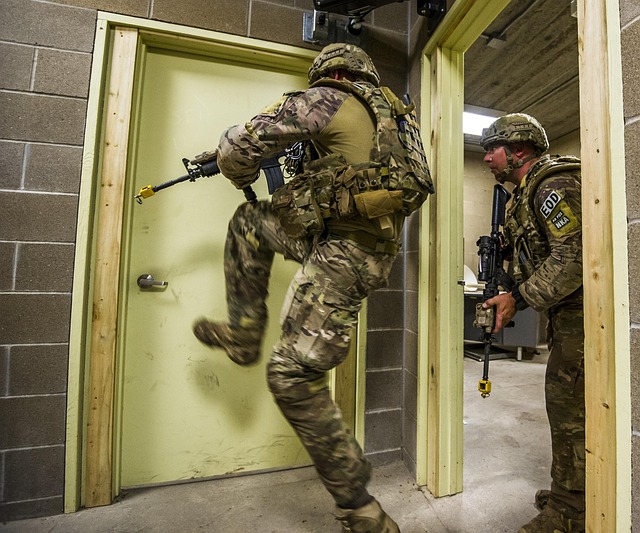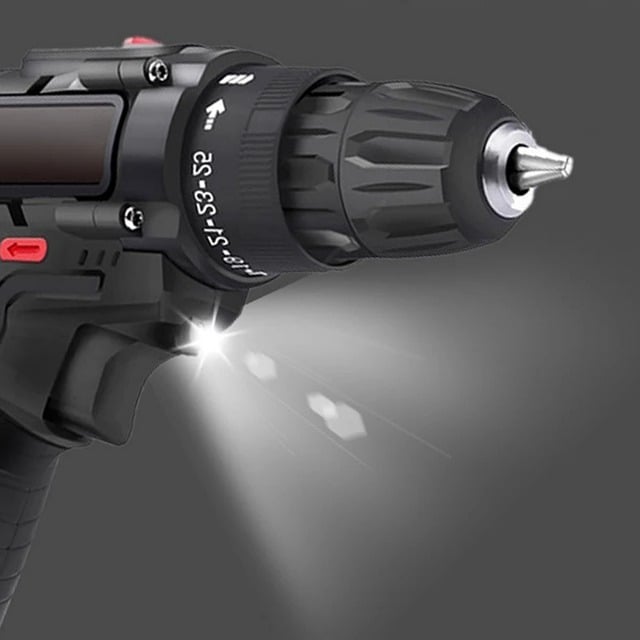Emergency response teams rely on DOT406 hazmat training props for realistic, safe practice of critical skills involving hazardous substances. These props simulate toxic chemicals, flammable liquids, biological agents, and more, adhering to safety standards. By facilitating spill containment, decontamination, and evacuation drills, they enhance team coordination and decision-making during actual emergencies, minimizing harm and saving lives. Essential for preparedness, DOT406 hazmat training props offer immersive, versatile simulations for first responders to hone their skills and improve overall response effectiveness.
Emergency tanker dome drill practices using DOT406 hazmat training props have become indispensable tools in enhancing emergency response readiness. These specialized props, designed under DOT406 regulations, offer a realistic simulation of hazardous materials scenarios, crucial for training first responders. This article explores the key features and benefits of effective tank dome drill props, from their material safety and compliance to their role in improving team coordination and cost-effectiveness over live tank testing.
- Understanding DOT406 Hazmat Training Props
- – Definition and purpose of DOT406 props
- – Importance in emergency response training
- Key Features of Effective Tanker Dome Drill Props
Understanding DOT406 Hazmat Training Props

Emergency response teams often require specialized equipment and realistic training scenarios to prepare for hazardous material (hazmat) incidents. This is where DOT406 hazmat training props come into play, offering an invaluable resource for comprehensive preparation. These props are designed to simulate various hazardous substances and environments, enabling first responders to practice critical skills in a safe and controlled setting. By utilizing these realistic training aids, teams can enhance their ability to handle emergencies effectively.
The DOT406 hazmat training prop collection includes a diverse range of materials, from toxic chemicals and flammable liquids to radioactive substances and biological agents. Each prop is meticulously crafted to meet specific safety standards, ensuring that the training accurately reflects real-world scenarios. These props facilitate practical exercises, such as spill containment, decontamination procedures, and emergency evacuation planning, allowing teams to refine their coordination and decision-making processes under pressure.
– Definition and purpose of DOT406 props

DOT406 hazards materials (hazmat) training props are specialized equipment designed to simulate real-world emergency scenarios, particularly involving hazardous substances. These props play a crucial role in preparing response teams for effective and safe handling of potential disasters. By replicating various hazardous materials and their containers, DOT406 props enable first responders, fire departments, and emergency management personnel to practice critical skills such as containment, spill cleanup, and evacuation procedures.
The primary purpose of these training aids is to enhance readiness and coordination among emergency services. Through realistic simulations, teams can improve their decision-making under pressure, practice specialized techniques, and develop strategies for mitigating risks associated with different types of hazardous materials. This targeted hazmat training prop approach ensures that when an actual emergency arises, response efforts are swift, efficient, and effective in minimizing potential harm to people, property, and the environment.
– Importance in emergency response training

In today’s world, where emergency situations can arise at any moment, thorough preparation is paramount for first responders. Emergency tanker dome drill practice with a DOT406 hazmat training prop serves as a crucial component of comprehensive emergency response training. This specialized equipment allows professionals to simulate real-world scenarios, enhancing their skills in managing hazardous materials incidents. By participating in such drills, fire departments and emergency teams can improve coordination, refine protocols, and ensure the safety of both personnel and the public during high-risk operations.
The DOT406 hazmat training prop offers a safe and controlled environment to test and refine response strategies. It enables trainees to practice various techniques for containing and mitigating hazardous substances, such as chemical leaks or spills. Regular drill exercises not only sharpen critical decision-making skills but also foster a culture of preparedness among emergency responders. This proactive approach to training is essential in minimizing the impact of potential disasters and saving lives.
Key Features of Effective Tanker Dome Drill Props

In the realm of emergency preparedness, especially for hazardous material (hazmat) responses, realistic and high-fidelity training props play a pivotal role in enhancing operational efficiency and crew readiness. A key component in such training is the use of DOT406 hazmat training props, which serve as reliable simulants for tanker dome drills. These props are meticulously designed to replicate the intricate details and challenges encountered during actual hazardous material handling, making them indispensable tools for first responders.
Effective tanker dome drill props should exhibit several critical features. Firstly, they must possess a robust construction capable of withstanding rigorous use and various environmental conditions without degradation. This ensures longevity and consistent performance over time. Secondly, the props should closely mimic the physical attributes and behaviors of real hazardous materials, including viscosity, color, and odor, to create an immersive training environment. Lastly, they should be versatile and adaptable, allowing for a range of drill scenarios and objectives, from spill containment to emergency evacuation protocols. By incorporating these key features, DOT406 hazmat training props facilitate dynamic and engaging training sessions, ultimately fostering better coordination, decision-making skills, and overall preparedness among response teams.














